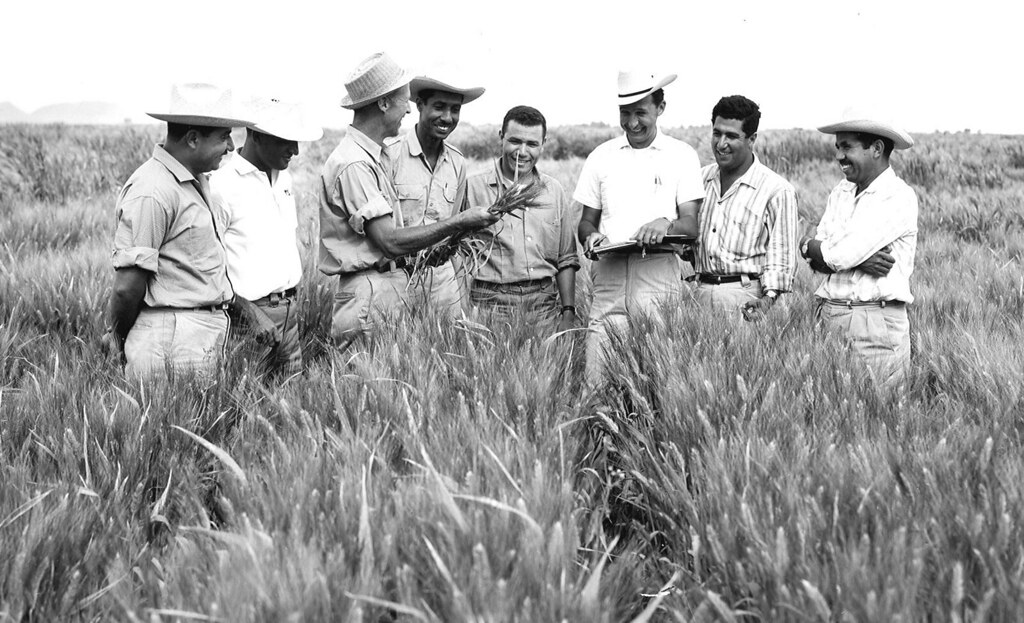Dr. Norman Borlaug
The man who saved a billion lives

Here's a time line of Dr. Borlaug's life:
- 1997: Kent Beck introduces user stories at the Chrysler C3 project in Detroit.
- 1998: Alistair Cockburn visited the C3 project and coined the phrase "A user story is a promise for a conversation
- 1999: Kent Beck published the first edition of the book Extreme Programming Explained, introducing Extreme Programming (XP),[4] and the usage of user stories in the planning game.
- 2001: Ron Jeffries proposed a "Three Cs" formula for user story creation:[5]
- The Card (or often a post-it note) is a tangible physical token to hold the concepts;
- The Conversation is between the stakeholders (customers, users, developers, testers, etc.). It is verbal and often supplemented by documentation;
- The Confirmation ensures that the objectives of the conversation have been reached.
- 2001: The XP team at Connextra[6] in London devised the user story format and shared examples with others.
- 2004: Mike Cohn generalized the principles of user stories beyond the usage of cards in his book User Stories Applied: For Agile Software Development[7] that is now considered the standard reference for the topic according to Martin Fowler.[8] Cohn names Rachel Davies as the inventor of user stories.[citation needed] While Davies was a team member at Connextra she credits the team as a whole with the invention.[citation needed]
- 2014: After a first article in 2005[9] and a blog post in 2008,[10] in 2014 Jeff Patton published the user-story mapping technique, which intends to improve with a systematic approach the identification of user stories and to structure the stories to give better visibility to their interdependence.[11]